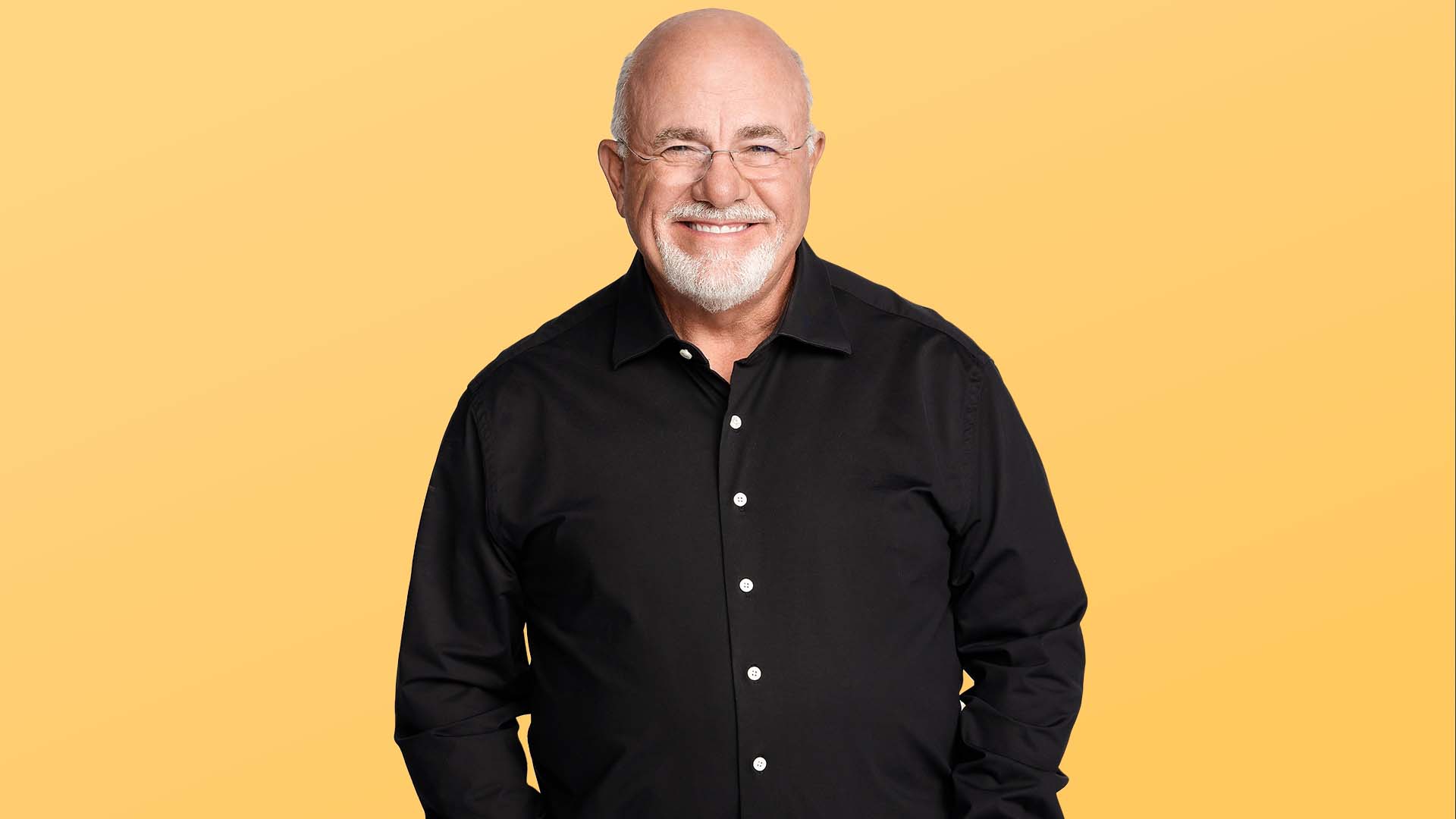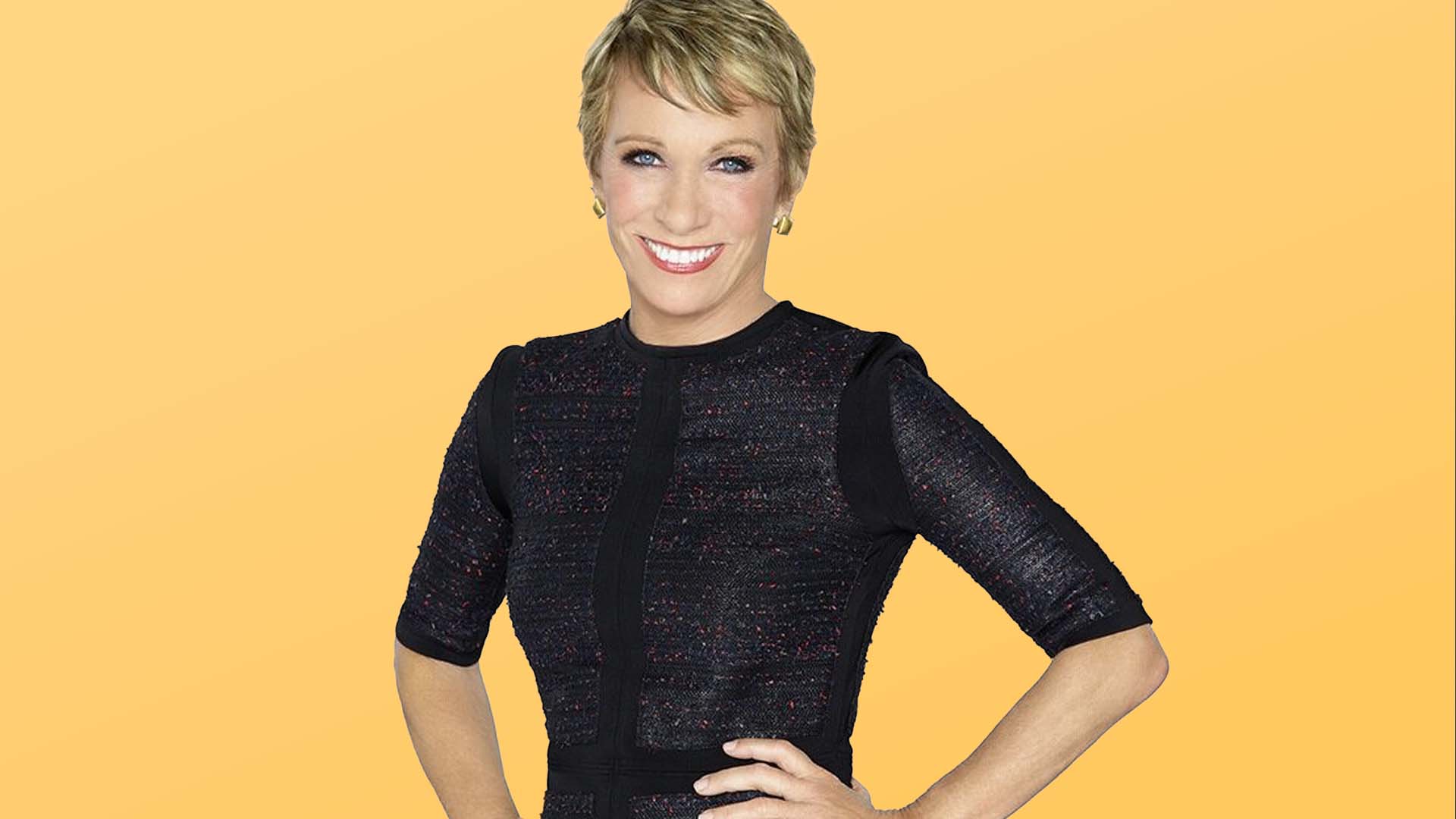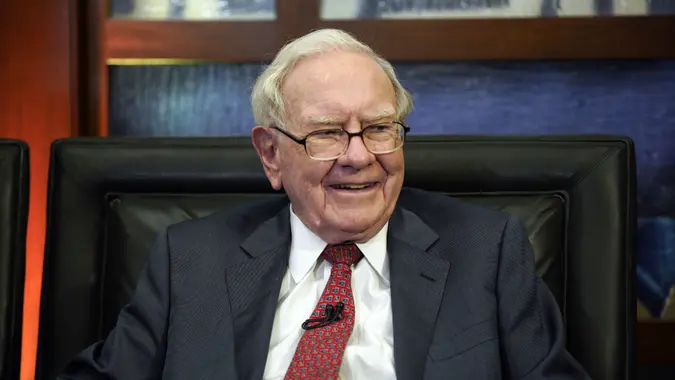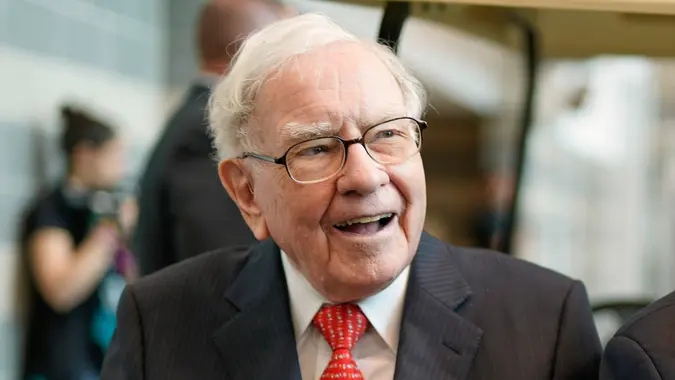3 Smart Moves for Investors Worried About Buying at the Top

Commitment to Our Readers
GOBankingRates' editorial team is committed to bringing you unbiased reviews and information. We use data-driven methodologies to evaluate financial products and services - our reviews and ratings are not influenced by advertisers. You can read more about our editorial guidelines and our products and services review methodology.

20 Years
Helping You Live Richer

Reviewed
by Experts

Trusted by
Millions of Readers
So, you’ve got a little — or a lot — of money set aside to invest. You’re excited to jump in, but the markets have been soaring lately, and that makes you nervous. Isn’t it due for a dip? You don’t want to be that person who buys at the peak and watches values tumble.
It’s scary enough to make everyday investors stay stuck on the sidelines. Fortunately, experts like Chris Sain, stock market coach, personal finance educator and speaker are here to keep you from getting burned. We caught up with Sain as part of GOBankingRates’ Top 100 Money Experts series to get his thoughts on investing wisely in a hot market.
1. Understand That Momentum Matters, but So Does Caution
If there’s one thing the market likes, it’s momentum. As Sain explains, “New highs typically lead to more new highs.” For readers new to the term, a “new high” means a stock or index reached its highest closing price over a given period (commonly the past 52 weeks or an all-time high). Think of it as a beacon signaling strong upward momentum.
While Sain encourages investors to look out for signs of momentum, he doesn’t want you to try to time the market. Moving in too quickly to chase trends can expose you to unnecessary risk. Instead, he’d rather you act with a cool head and use momentum strategically.
“If you have cash ready to deploy and the market is running high, [you can] dollar-cost average your way into the market, as it is likely looking to go higher,” he said. “New highs typically lead to new highs, so it’s best to get in — or at least target the previous high as a viable entry during a market pullback.”
2. Embrace Consistency as a Strategy
Sain understands why investors make massive moves during a hot market — FOMO. But the fear of missing out on that superstar stock can prompt rash, oversized bets. Sain encourages prioritizing risk management and capital preservation with steady, repeatable habits.
“In hot markets one mistake investors make when they have missed a massive move is going in too heavy with their position size,” he said. “Consistent automatic deposits are the best approach and helps you avoid FOMO.”
You’ve probably heard the old investing chestnut: Time in the market beats trying to time the market. Sain stands by it. Automate your buys, invest with a plan and maintain a long-term, disciplined approach to help steer clear of riskier short-term choices.
3. Build a Balanced Portfolio
Whether the market is scorching or lukewarm, diversification still matters. Sain recommends spreading investments across different industries and sectors, including selective exposure to growth areas such as artificial intelligence — to temper volatility and capture momentum where it exists.
“A well-balanced approach helps keep your emotions in check. Dollar-cost averaging promotes good habits. Diversification brings peace of mind, and sector investing in areas like AI helps capture growth,” he said. “When strategies like these are combined and implemented properly, investors can achieve above average returns consistently.”
Bottom Line
Just as nobody wants to walk into a party that is winding down, investors don’t want to miss out on the rewards of a hot market. Chris Sain’s playbook is straightforward: Stay disciplined, automate your contributions, avoid impulsive decisions and diversify. These steady habits can allow even everyday investors to participate in a rising market without taking on unnecessary risk.
This article is part of GOBankingRates’ Top 100 Money Experts series, where we spotlight expert answers to the biggest financial questions Americans are asking. Have a question of your own? Share it on our hub — and you’ll be entered for a chance to win $500.
This article is for informational purposes only and does not constitute financial advice. Investing involves risk, including the possible loss of principal. Always consider your individual circumstances and consult with a qualified financial advisor before making investment decisions.
Laura Bogart contributed to the reporting for this article.
 Written by
Written by  Edited by
Edited by  Money Expert
Money Expert 









































































































